On an ongoing basis I receive a handful of emails each day from young aspiring photographers expressing passion for wildlife & photography. Their emails translate to one question in broad; “How do I become a wildlife photographer?” Although context of the emails also raise the question of becoming a professional wildlife photographer, most of the emails are very modest and do not ask a direct question. I appreciate all your emails and feel guilty for not being able to reply constantly and hence decided to write this piece that addresses most of your questions. Before I jump to the tips, tricks & best practices it would be appropriate to share my background with this subject.
I recollect my own journey on the path as a professional wildlife photographer, the one thing I shared/share in common with almost all individuals writing in is the enthusiasm & respect for wildlife.
I started taking pictures of wild animals in 1991. As the years progressed I was witness to a hobby turn into a passion. The first 5 years I probably shot one 36 exposure of film in a year that also included shooting travel images alongside wildlife. The following decade from then I could afford 2-3 rolls of film a year, people took notice and I had slightly better ‘pocket-money’.
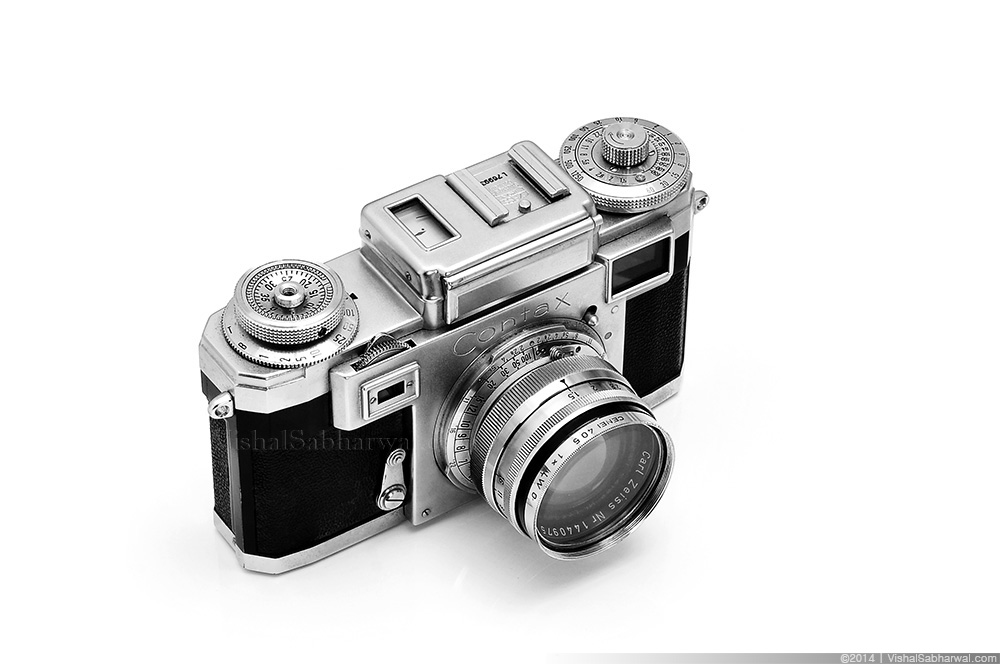
The first camera I ever had the honor to shoot with was one that got passed down to me from my maternal grandfather’s collection; 1942 Zeiss Contax III rangefinder. Honestly I could never have dreamt of purchasing a camera like that, in today’s comparison it would compare to the flagship offerings of both Nikon & Canon. In 1998 I had saved up just enough money to replace the Zeiss and went with a used Nikon FM2, since the mechanical shutter on the Zeiss had failed. Logically thinking I would really not have started making images if it wasn’t for my first camera. Both the cameras were all manual operation resulting in a painfully slow learning curve but a strong foundation.
Getting a new camera now days is much more affordable with plenty of options to choose from. With the onset of digital cameras in early 2000 I purchased my first DSLR; Nikon D70s in 2005 and overnight realised the running costs were next to nothing really & taking grasp of new technology I endlessly made images. Out of a hundred images around 10 would impress me and this was my advantage with the DSLR. Although my learning still continued from shooting film, where each and every frame needed to be acceptable considering the running costs involved. My initial learning took precedence after just a few months of going digital and once the ‘digital’ fascination sobered down.
You may read more about Types of Digital Cameras
Some of the images I made between 2005-07
During my graduation days my images were already bringing in good pocket money and a few of them made the cover and starting pages of international print magazines. This was great motivation for me even to the point that I wanted to sidetrack my education and pursue photography full time. I’m glad that I was forced to complete my graduation degree, without which my options would have been very limited. For almost 6 years following my graduation I had a regular employment that greatly help fund most of my purchases & travels. In between employments I decided it was time to take the plunge as a full time photographer and I did only to realise that my over confidence got the better of me. Not bringing in enough money & struggling to pay my bills in just 6 months I had emptied my bank account and had to sell some of my photography gear just to make payments to the bank. At this time I was very lucky to have a graduation degree, a master’s certification and professional work experience of 4 years which got me a similar job with an MNC. The 2 years I served at my new job as a Human Resources expert gave me enough time to rethink my decisions and mistakes I had made. I researched a lot on becoming and sustaining as a professional photographer. In 2009 I went all out and haven’t looked back since. I now regularly get commissioned by leading travel magazines & NGO’s for images. I also exhibit my images as frequently as I can.
My sincere advice to all students reading this, you must have a graduation degree at the least, not only to use it as a backup for employment but also for your future potential clients to take you seriously. No one will really trust a school/college dropout. Whatever be the case, discuss your decisions with your family/mentors but make sure you prepare yourself and your family before jumping in to anything, if it works out brilliant but if it doesn’t you’ll still have the support of your family. Shooting great images isn’t all there is to sustaining a successful photography business. Just like any business, your product/service may be really good but are you also good with marketing your work & dealing with people? Be responsible when making decisions.
Anyways getting back to the topic, answer to the fundamental question in discussion here is simple; visit national parks as frequently, spend as much time & photograph endlessly. If your decision is purely for fame & money, you need to look elsewhere. On the contrary if you’re looking to address issues around wildlife, their habitats, documenting their lives and role on our planet that may bring about awareness and a positive change this may just be a good career option for you.
No one can really decide on your behalf, others can provide the right guidance and the rest is up to you.
Another very common question that gets reiterated is the monetary aspect to wildlife photography; the initial investment.
If you’re starting off and don’t already own a digital camera with decent optical zoom and your budget permits, invest in a basic dslr. It’s is a good starting point as far as technology is concerned. One can also look at second hand cameras to save a decent amount of money. And if you need advice on how to inspect before purchasing second hand gear, you may write to me.
There is no point investing a great sum of money in photography gear without first understanding the basics of photography and how a camera functions. Use the extra money to fund your wildlife trips.
Investing in lenses is another crucial factor and I’m currently in the process of writing an article on ‘Types of Lenses’. Lens choices will depend directly on what you shoot.
Wildlife Photography as a career choice?
I decision for sharing the following is not to discourage you, rather prepare you so that you are able to plan accordingly and make a calculative decision.
Wildlife photography is a fairly niche and saturated genre of photography in general and especially in India. It has a limited demand for images with very high competition and unless you prove yourself with a really strong portfolio you won’t get far with it. One out of a thousand individuals interested in wildlife photography will actually get somewhere as it has much greater challenges as opposed to any other photography genre and that number is increasing by the day as more individuals want to make it as wildlife photographers.
To cover a successful wildlife photo-story you’ll be looking at a starting budget of Rs.6,000 a day for National Parks at the least. And unless you’re very lucky with spotting wildlife, you’re bound to shoot tirelessly for a minimum of 2 weeks. I’ve personally interacted with a few world renowned wildlife film-makers who on an average take a little over a year to successfully cover one story and that’s by going out each and every day in that duration.
There are many factors & challenges in making good wildlife images. Most of the images that will set you apart from others will be mostly made on solo trips and not with a group.
For starters shoot wildlife that you commonly find near & around where you live. Learn your camera well and refine your technique before investing serious time & money.
Capturing one epic photograph isn’t going to help you sustain as a wildlife photographer, for that matter even as a photographer in broad. The key to being a professional is consistency, to be able to work under tight deadlines & still deliver great results.
Before you read any further you need to be realistic & note down answers to a few basic questions you need to ask yourself:
- Why do I want to pursue wildlife photography?
- What do I want to do with the images I make?
- Who will be the audience for my images?
- Where will I find a market for my images?
- When will it be the right time I can call myself a wildlife photographer?
A professional photographer is defined as an individual who makes a living primarily by means of photography.
Starting off one can take up wildlife photography in the capacity of a hobbyist, serious amateur, semi-professional but not a professional. There is a learning curve for not just technicalities of operating an expensive camera but also in the approach towards your subject and finding a paying market for your images.
- Hobbyist: a stage where you occasionally travel for images, share your images on social platforms primarily targeted to your friends & family. You surely will be appreciated for your efforts and feel motivated. You should not get ahead of yourself, as this by large is not your paying audience neither will social media websites drive sales towards your photography. It definitely is not a measure of how good you are with wildlife photography. To get a real-world idea of how good you think you are have a look at wildlife images on some of the leading websites & magazines for wildlife photography. If those images rank 10/10, reflect on your own work and improve. The best way to learn something is by doing it over and over again and being in competition with yourself. Making mistakes will be your greatest learning, only if you strive to overcome them. No one can make you a great photographer; they can only guide you with their own experiences. Try and have your work occasionally reviewed by professionals and implement their feedback. Make as many photographs as time permits and when sharing work for a review/critique make sure to only select your best 5 images at any given time, anything less than your best will rarely get a reply.
- Serious amateur: you’ve successfully made a presence for your work. Your work has gained interest & positive critique from the professionals. To take your work forward a great idea is to submit the best of your images on recognized online nature/wildlife forums & competitions. A dedicated blog/portfolio will prove useful in going semi-professional.
- Semi-professional: besides what you do full-time or your primary source of income (for those employed), your photographs are also bringing in decent regular income every month. You must consider having a dedicated website for your work that would get you greater visibility and drive sales. On the least it’ll set you apart as someone who is very serious about their work.
- Professional: This stage follows when you are very comfortable with your regular earnings as a semi-professional & you choose to dive in to photography full time leaving behind any other ongoing employment commitments. Before taking any life decisions it’s absolutely necessary to prepare yourself and your family by giving enough time and thought to what you’re about to do.
The only practical question you should be asking yourself is, “Can I comfortably support myself & my family with just the income from my photography?” and give yourself enough time to change your decision even if it’s a little late. Always have an action plan that goes along with a strong portfolio and always have a backup just in case things don’t work out as you planned.
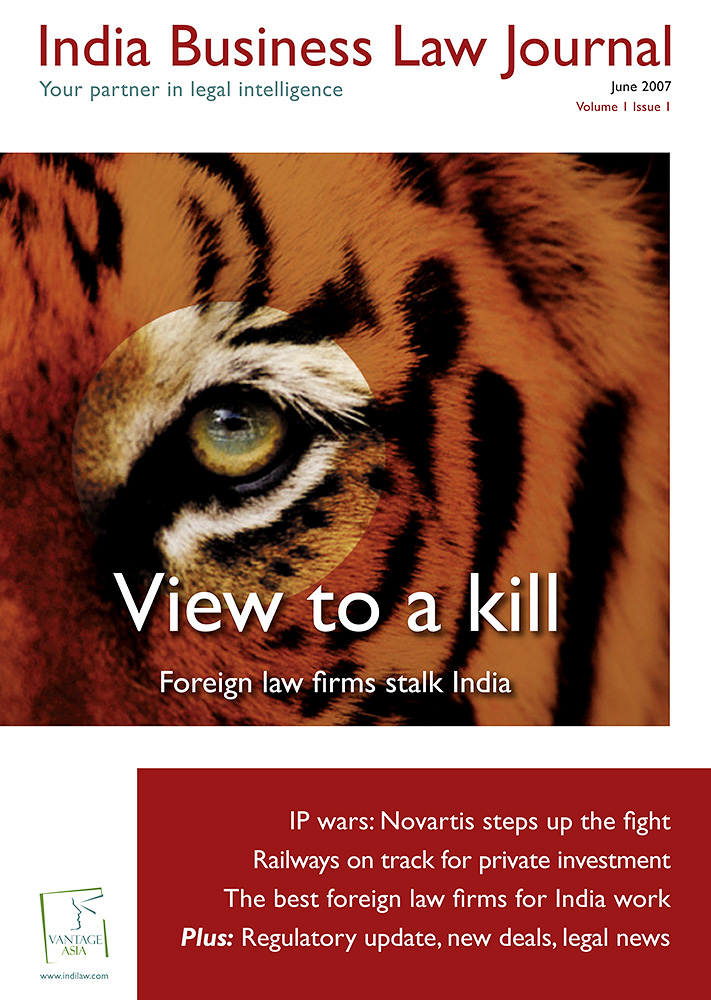
How can your images bring in profits?
Not everything should be weighed financially, even if a magazine/website runs your images with credits to you is a great opportunity, it’s free publicity when you’re starting off. Before you try and sell prints you should gift out a couple of them free to people who can help drive sales directly or indirectly. For example someone known to you has a store, restaurant, etc. where many people visit and will see you beautiful work. Don’t be disheartened if things don’t work out as planned when you start and never set expectations. Expectations generally lead to sourness in relationships, keep your ego at the door when dealing with people, be humble & polite always. And surely if at first you don’t succeed, try try again! Failures are a part of any learning process and unless you try, you’ll never know. Last but not the least, update your collection of images with only your best shots as frequently as you can.
- Selling prints: one can and should print images for sale as photo-prints. There are many ways in which you can approach sales; print images and target your friends & family. Offer them your photo-prints as gifting options or simply for their own homes. People are more likely to buy prints that are already framed and ready to go up on their walls. 3 times the cost to you is a great starting price point.
- Stock sites: Submitting your images to online stock photography websites is another great approach to build an audience and create visibility for your work.
- Calendars: put together yearly desk, wall and e-calendars using your images. You can be creative here and also put-together a calendar app for smart phones.
Some calendars I made with my images
In 2011, 3 out of 12 images that were used in DAVP’s (Directorate of Advertising & Visual Publicity) Calendar on Wildlife- Endangered Species were mine and I was honored as the youngest contributor by the Govt. of India.
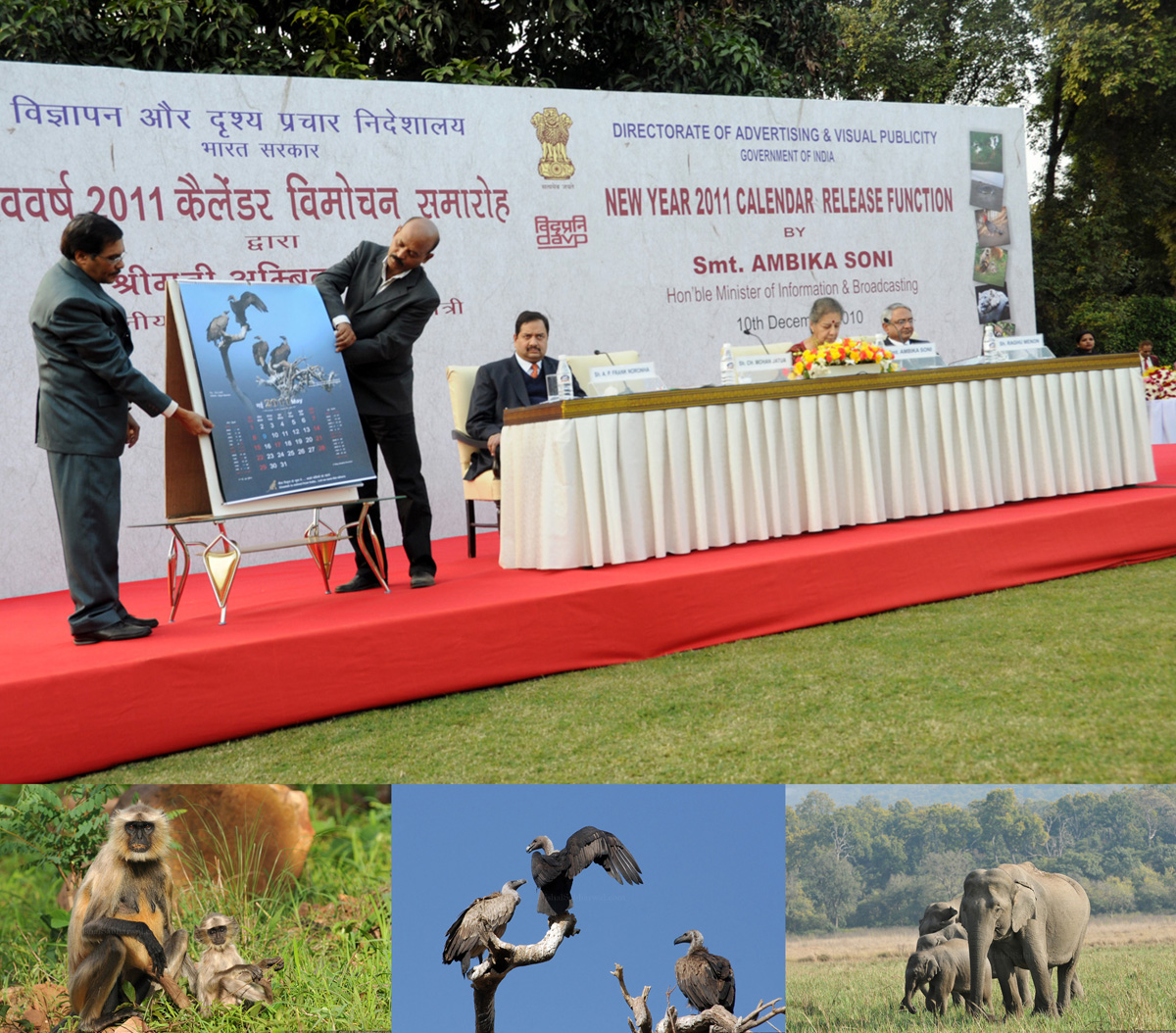
- Magazines: many magazines have a ‘contributors’ section, where they accept single images or images along with a write-up about destinations. Look out for such opportunities and submit your work when you feel confident about it. I personally have discussed possibilities of individuals reading this to submit their work to the following print magazines:
Culturama Magazine
Terrascape Magazine
Suggestions on what to send in: look at images you’ve made on travels do a write-up on your travel experience. You may also want to include descriptive captions, I’ll be glad to help once you’ve decided on your images. - Merchandise Prints: many websites offer people to print out their images on mugs, tee shirts, etc. this is another market that should be explored.
- Exhibitions: once you have significant number of great images look at cafes, art galleries, etc. for hosting a photo-exhibition for your images. Invite as many people and their contacts as you can.
- Wildlife NGOs: contribute images towards wildlife conservation that will bring your work visibility and goodwill.
Engaging Websites: Register with wildlife photography forums such as IndiaNatureWatch and share your work. Websites like INW are a common platform for professional wildlife photographers and amateurs alike. Beginners can surely look forward to professional guidance and interact openly about various species and locations to spot wildlife.
The more active you are online the better visibility you attract for your images.
How should you approach your portfolio?
Always try and work on ‘photo-stories’; a series of interrelated images on particular subjects, stand-alone images may be good for fine-art prints or stock photography but are never accepted by the big names towards their content. Always compliment your images with descriptive captions individually or collectively as a photo-story when building a portfolio, without which your wildlife photography portfolio is incomplete. Captions are important as they deliver information about the image that cannot be gathered from the image itself, information such as your experience in photographing the subject, where, when & how you went about making that image/images. Captions also carry a personal touch that audience to the images relate to. Do not include images of your pets, domestic animals or captive animals at a Zoo; they are not subjects of a wildlife photography portfolio. Learn about flora & fauna so that you don’t mix your images when preparing your portfolio.
Are photography courses/workshops a good choice?
Many of you have also asked about photography courses one should undertake. There are several levels of photography courses/workshops out there dedicated to the various stages of a photographer.
The most basic of the lot is a fundamentals workshop for learning how to operate your camera and are generally offered free of cost with purchase of a DSLR, or at a very minimal cost of Rs.500 per workshop. It’s a great starting point for a beginner or a refresher for someone who hasn’t picked up the camera in ages.
One cannot go wrong with the workshops offered by any brand like Nikon, Canon, Sony, etc. The team that conducts their workshop are experts with DSLRs; you may not enhance your skill as a photographer but are guaranteed to return with much better knowledge about your camera and can put it to use immediately. Building on this learning you must practice as much as possible to retain it in the long run. This is the very foundation of photography.
If you’re trying to decide on a workshop you’ve come across online, you must have a look at the existing work and credentials of the photographer conducting the workshop. If you’re paying money to attend a workshop it’ll be in your best interest to know that a recognised professional photographer is conducting it. As opposed to a semi-professional, a professional photographer will have much more to offer from their own personal experience of struggles and/or formal education of the subject. They’ll be up to date with a better grasp on the subject & dealing with real life situations when it also comes to answering any of your questions. There is no point in enhancing your skills without knowing what to do with it.
For tips, techniques & best practices read on here: Wildlife Photography
Till the time you don’t respect something you never will believe in it and this will directly reflect in whatever you choose in life, your images in this case.
Some of my more recent work:
Assisting me?
I appreciate most of you wanting to assist me. Many of my commissioned assignments don’t allow a budget for an assistant. On a very few personal trips the role of an assistant is to cover ‘behind the scenes’ and not shoot what I’m there to shoot, your learning will be limited. I generally choose individuals who I have interacted with personally. If you want to learn from me, I’d suggest attending workshops I conduct, keep a lookout on this website for any upcoming talks or workshops.
When writing to me:
- Specify what guidance you are expecting; be as specific as you can.
- Reflect the 5 questions above I asked you to note down answers to.
- If you’re sending in a portfolio for review, specify if you want a review on a photo-story or a critique on individual images. Write descriptive captions with each of the images or collectively for a photo-story, this distinguishes you from others, it goes on to prove a point stating that you’re actually serious about your career choice.
- Follow up on your emails, I’ve personally replied back to many of you and haven’t received a return email with requested info. If this is the case you won’t be taken seriously.
Besides conducting professional photography workshops, I also occasionally have interactive sessions on wildlife, portrait & travel photography at public forums. Attending one of these sessions will run you through my most recent experiences and since they are interactive all questions are entertained as we move forward. There is no cost to these talks although it is on first come first served basis with a maximum audience of 20 people.
I hope you’ve found this article informative and have had most of your questions answered. If you still want to know more do comment below.
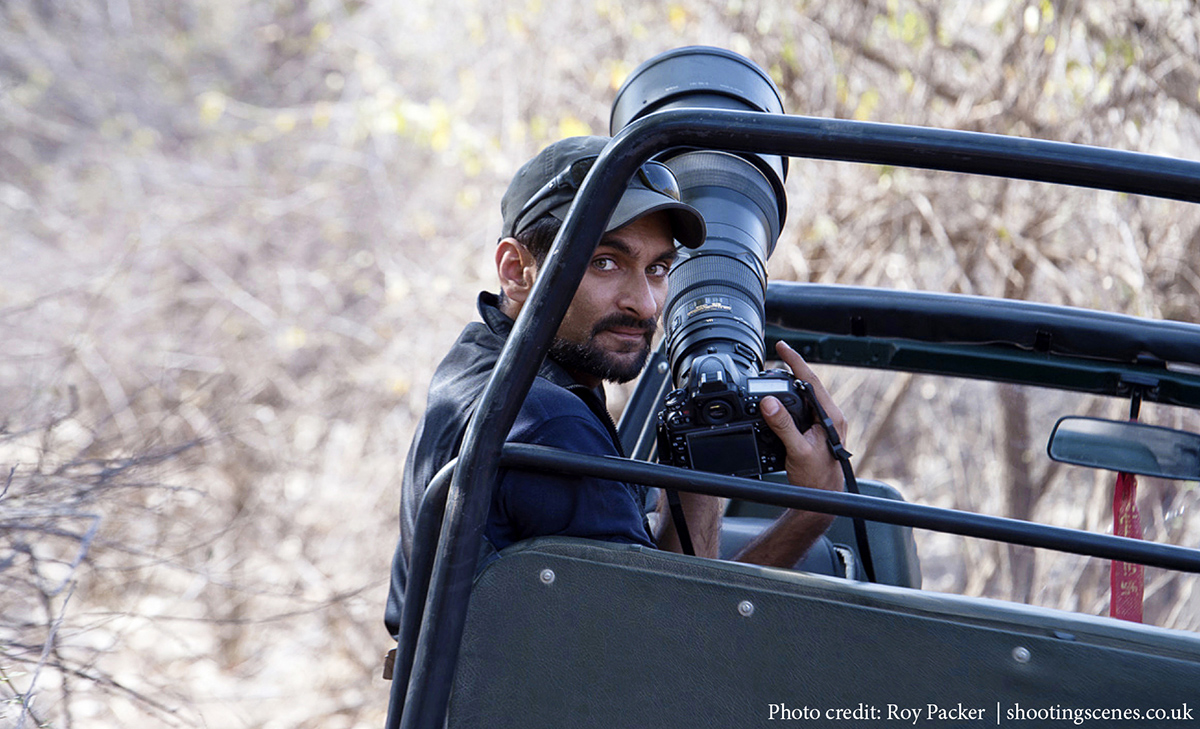
Cheers & all the best!
Vishal Sabharwal
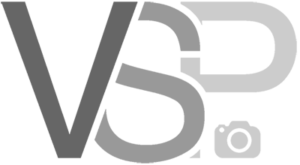
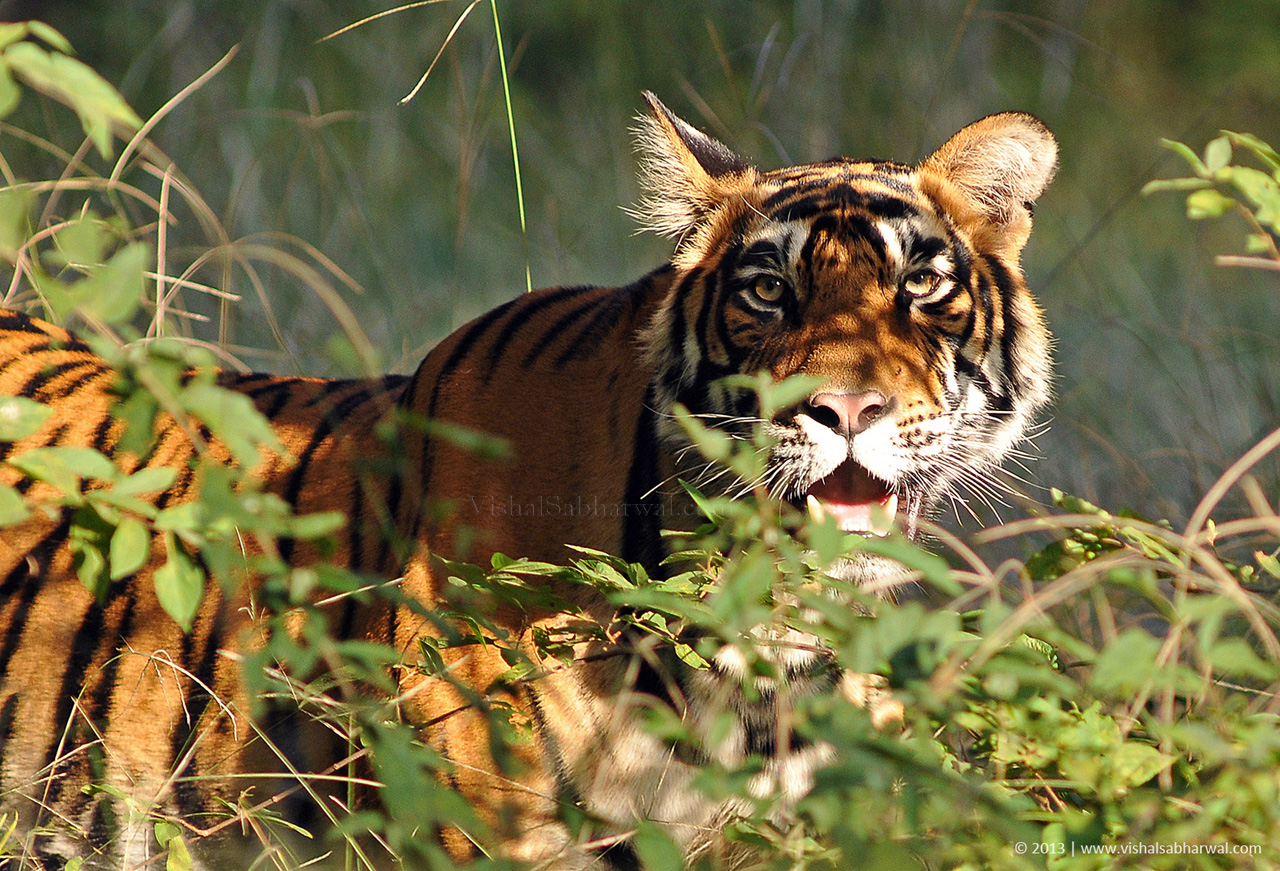
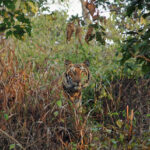
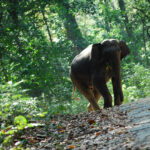
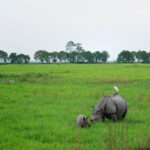
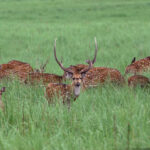
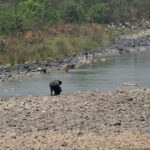
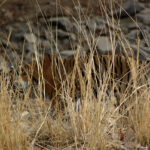
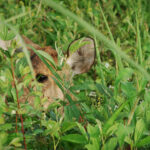
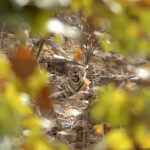
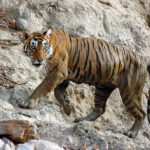
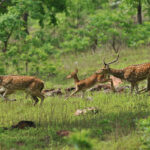
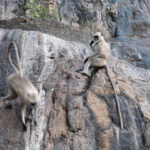
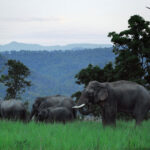
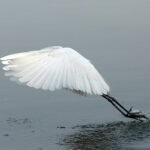
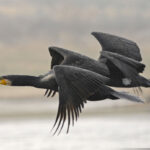
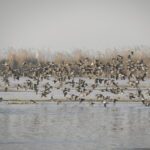
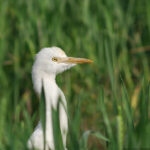
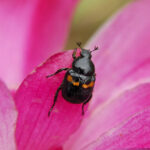
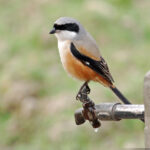
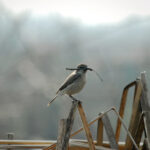
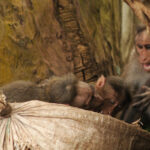
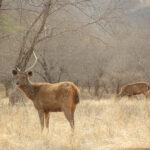
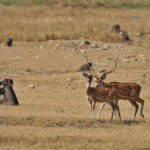
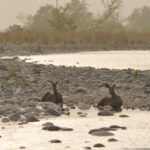
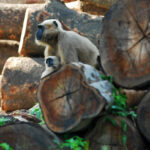
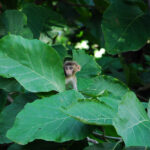
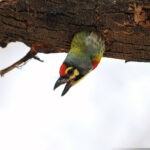
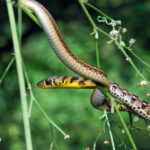
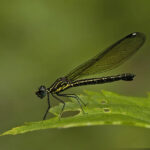
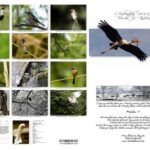
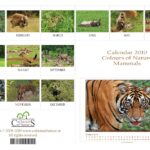
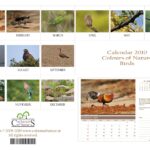
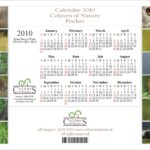
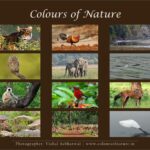
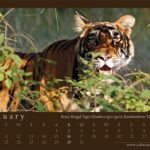
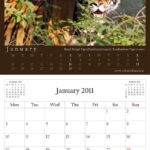
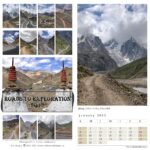
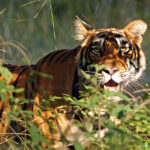
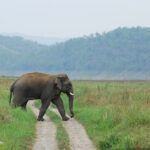
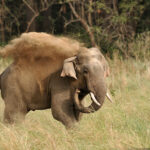
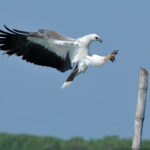
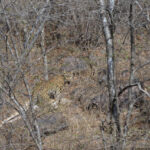
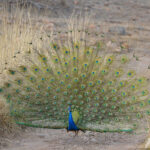
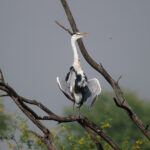
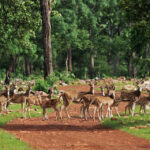
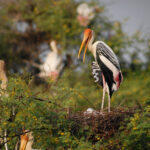
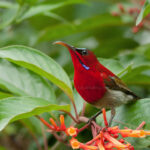
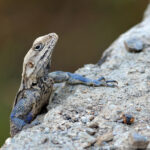
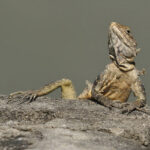
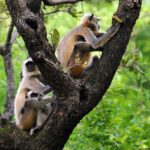
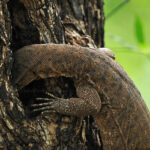

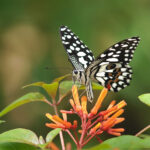
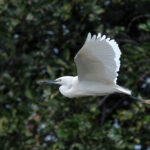
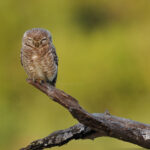
Sir, i appreciate your ideas of becoming such a modest teacher and rulling us not only with the sense of great work of photography but also with the reality of the world of wild life photographh.
I want to ask that I stay in Kolkata and how shall i attend your workshops from here or will you like to do any photography workshop here in our city?
hello sir even i am interested in photography and want to attend your workshop i leave in bangalore if u r conducting workshop here please let me know even in some other state if u conducting also.